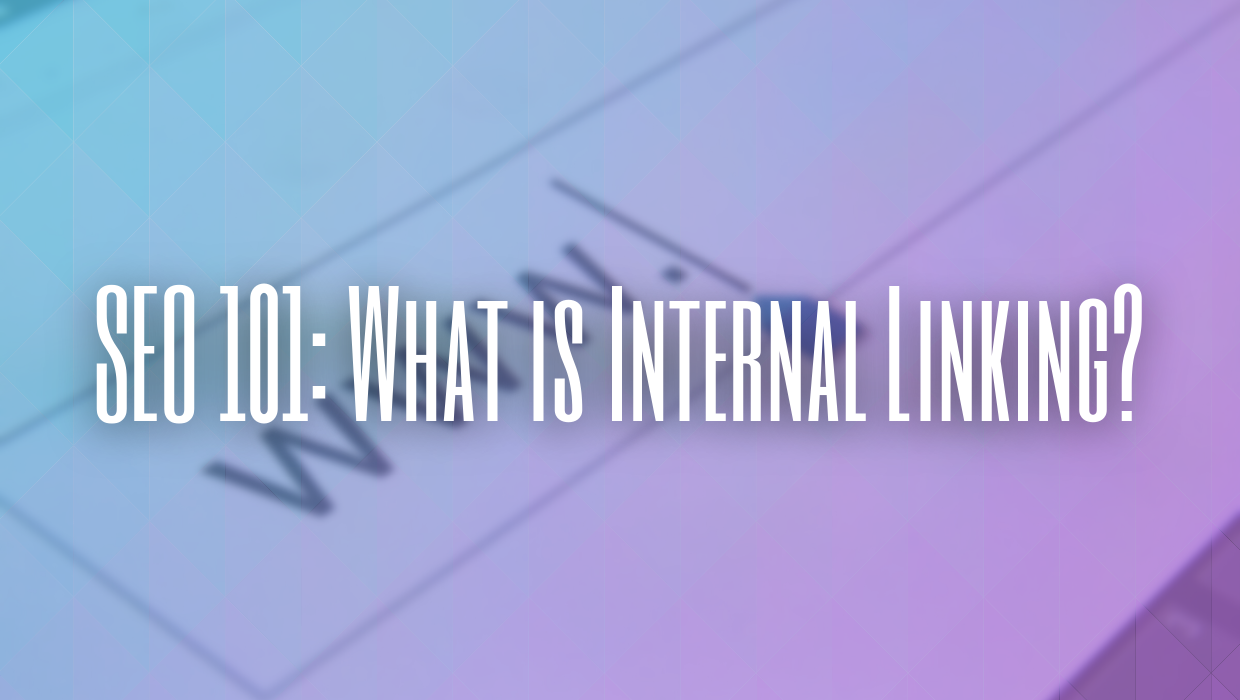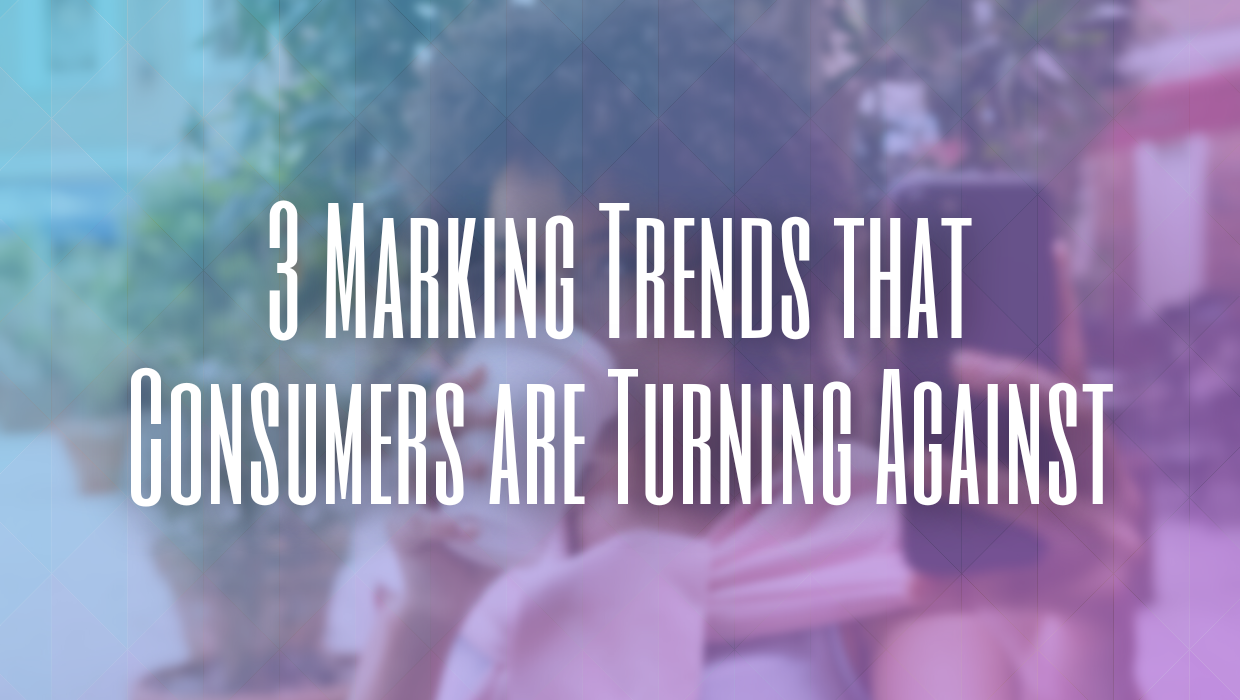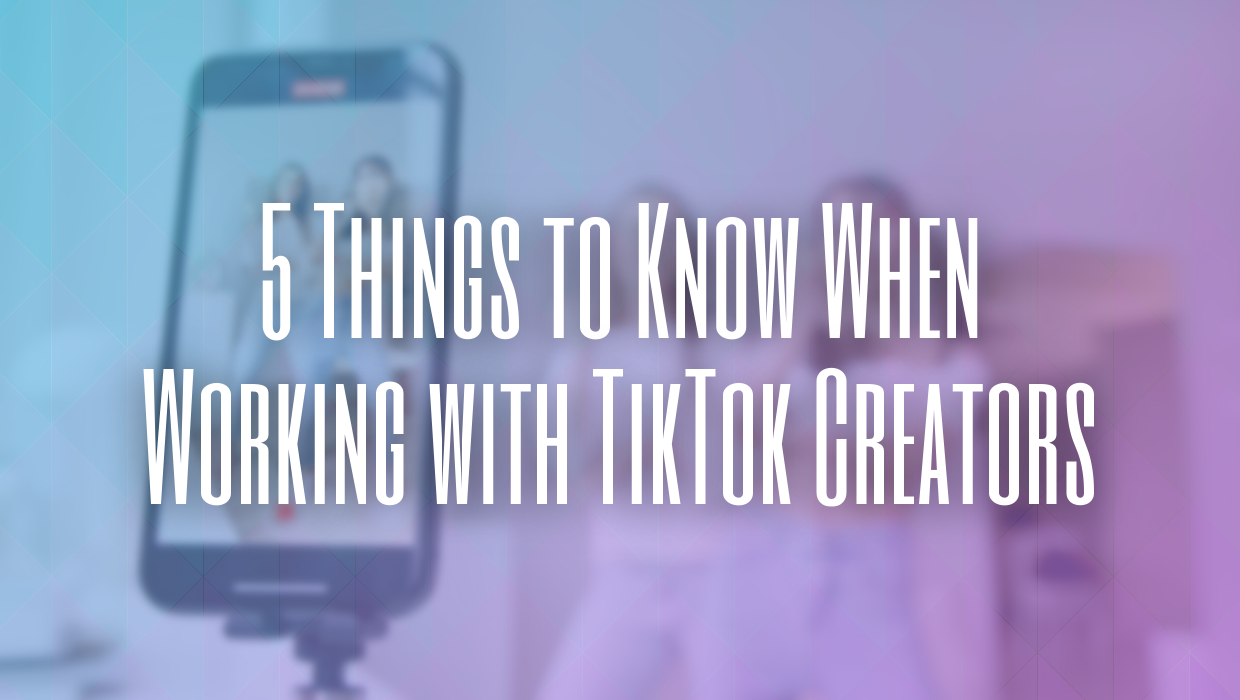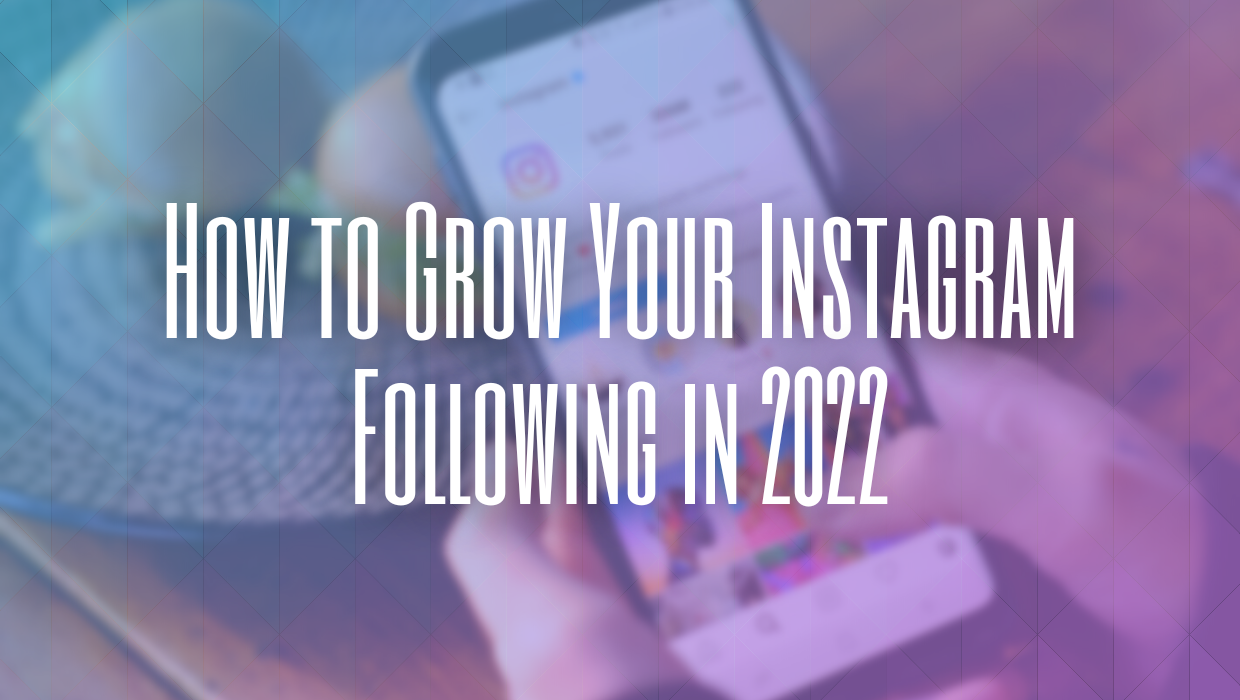Search Engine Optimization (SEO) is a complex and ever-changing industry. Because of this, many businesses feel they don’t understand, and therefore can’t trust it. Most of our clients come to us having previously been burned by other SEO agencies that either overpromised and underdelivered or used black hat SEO tactics. A big reason why shady SEO companies can get away with this is that businesses don’t necessarily understand what goes into a legitimate SEO campaign. That’s why our SEO experts at Hilborn Digital are going to break down all the key components of search engine optimization.
Today, let’s talk about internal linking.
What is Internal Linking?
Link building is a vital component of any SEO campaign and can be broken down into two parts: external linking and internal linking.
Internal linking are links that go from one page on a domain, to a different page on the same domain. These are links that stay within your website. For example, having a “Contact Us” call to action button link to the company’s contact page would be an internal link.
External vs. Internal Linking
As we mentioned, there are two parts of link building, external and internal linking. External linking involves creating backlinks to pages outside of a company’s domain. This could either be linking to other websites on your own pages, for example writing a blog and linking to a source. Or external linking could be having other websites link to your website. For example, another site’s blog may link to your webpage if it’s relevant to them.
Internal linking is about linking pages on your domain to each other. For example, if you discuss a product you offer in a blog, you would place a link to the product page for it. This saves users from having to go navigate there themselves.
What is the Value of Internal Linking?
Both external and internal links are important to SEO, but many businesses make the mistake of only focusing on external linking. Internal linking is vital to user experience and search engine rankings.
Here are some ways internal linking can help your SEO campaign:
- They allow users to navigate a website
- They allow search engine bots to crawl a website more easily
- They establish an information hierarchy on a website
- They spread link equity around a website
Best SEO Internal Linking Practices
For internal linking to be valuable, it needs to be done correctly. Good internal linking should make it easy for both users and Google’s crawlers to navigate a website. Without internal links, good content, keyword targeting, and marketing won’t matter since they won’t be seen.
The optimal structure for a website should look similar to a pyramid, with the homepage being at the top. The homepage should then link to all core sub-pages, like products/services, about us, contact, blog, and more. These subpages should then link to any pages below them. Essentially, you want to make sure each page on your website is linked somewhere so people can find it. You should also help users navigate by using anchor text links to direct them to other relevant pages.
Final Thoughts
Don’t sleep on internal linking when it comes to SEO. Internal links improve user experience and search engine rankings. They can also increase brand authority and improve engagement. If you ever want to see whether your website needs to improve internal linking, pick a random subpage on your website and ask a third-party user to try to get there. See how quickly and easily they’re able to find their way there.
If you need more SEO tips or are looking for an experienced SEO agency to help grow your business online, contact Hilborn Digital today!







